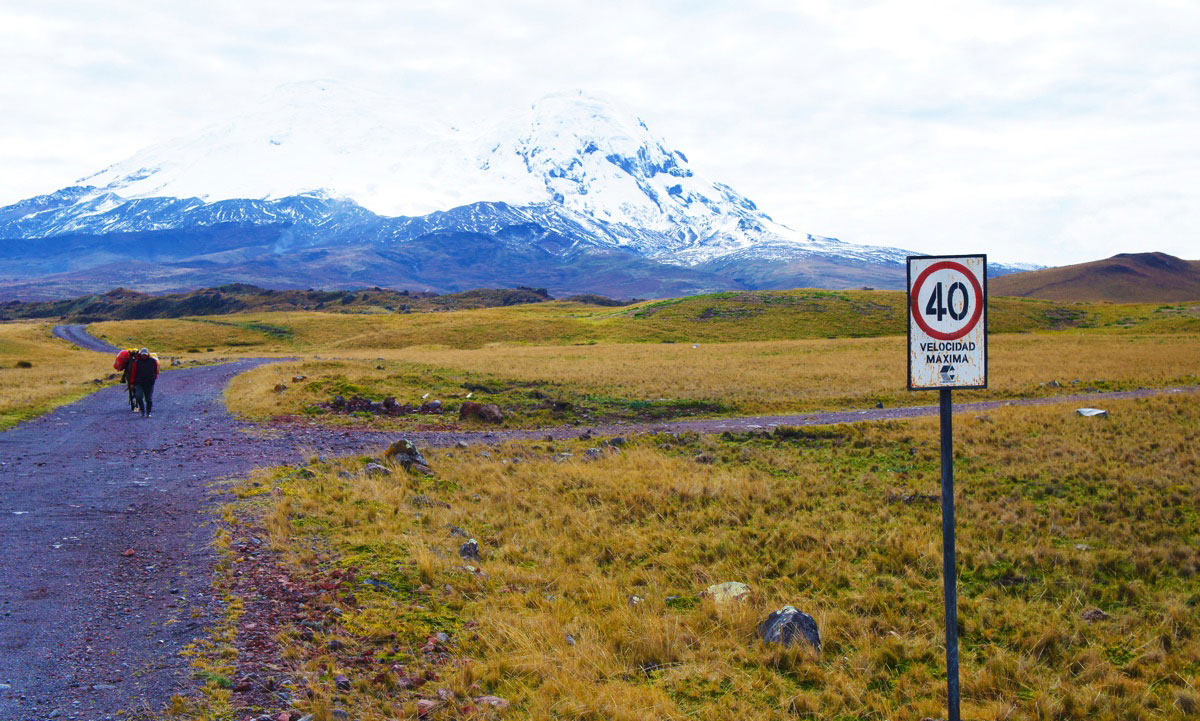Location : 2 hours east of Quito.
Altitude : Ranges from 3936. ft (1200m) to 18892,8 ft (5760 m )
Weather : Ranges from 0 to 20 degree Celsius.
Area : 120,000 hectares.
Creation date : 1993
Accessibility : Fairly easy by car from Quito (admission $ 5 per head).
Description of the Antisana Reserve
The Antisana Reserve is one of the wildest sites in Ecuador while being easily accessible from Quito (about a 2-hour drive). Dominated by the Antisana volcano that rises to 5,760 metres above sea level (one of Ecuador’s all-year-round present five glaciers), the Antisana reserve is also the best place to observe condors roaming free in the Ecuadorian Andes.
On the high plateaus, the landscapes are magnificent, especially at the foot of the Antisana volcano. Indeed, certain places of the Antisana reserve recall the high steppes of Mongolia. On short vegetation (chuquiragua and other mountain flowers), where the Antisana volcano never ceases to watch you, you can observe wild horses galloping without any human presence, nor road. It is a wonderful place for outdoors and nature lovers.
Note that the Antisana volcano is an active volcano. Hence, to the north of the Park, an impressive lava flow that dates back to an eruption in 1760 is still visible.
Activities in the Antisana Reserve
Trekking and hiking:
– The condor trek (3 to 5 days)![]()
![]()
![]()
– Trek between the Antisana volcano and Pintag (1 to 2 days)![]()
![]()
![]()
![]()
![]()
![]() : Accessible to everyone
: Accessible to everyone
![]()
![]()
![]() : Regular walker
: Regular walker
![]()
![]()
![]() : Regular athlete
: Regular athlete
Ascents in the Antisana Reserve
Antisana Volcano 18860 ft (5760m): Antisana volcano ascent is one of the most difficult climbs in Ecuador. In addition to being technically complex, the Antisana Glacier is perilous. Indeed, the plates come off very easily. It is certainly one of the deadliest volcanoes in Ecuador. Even Ecuadorian high mountain guides fear it!
We advise you to attempt the Antisana ascent only if you have extensive mountain experience and you are ready to face very difficult climatic conditions.
![]()
![]()
![]()
Equipment needed : Mountaineer’s clothing, crampon shoes, crampons, harness, ice axe, and helmet.
Guide: Essential. The guide must be very experienced.
![]()
![]()
![]() : Difficult ascent
: Difficult ascent
Other activities :
– Meeting with Indian communities
– Horseback riding
– MTB



